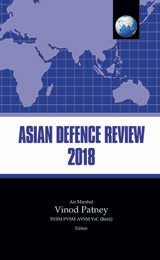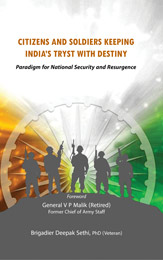Subjects
Operation Cactus: Anatomy of One of India’s Most Daring Military Operations
Ashok K Chordia
A coup attempt in the Maldives in November 1988 sent President Maumoon Abdul Gayoom into hiding. Operation Cactus was India’s military intervention in the island nation at Male’s behest to rescue President Gayoom and restore his democratically elected government.
Launching an airborne operation more than 2,500 km away––at short notice and without much intelligence––was a difficult choice. Nonetheless, the decision was deliberate, bold, and well contemplated. The political leadership relied on the military leadership in arriving at the decision to send troops. The diplomatic corps played an active role all through the operation.
A lot happened on November 3, 1988, and in the night that followed. The Indian Air Force airlifted the paratroopers of the Indian Army for immediate action in the archipelago. The Indian Navy joined in to bolster the effort. Exemplary synergy among the three Services was the hallmark of the operation.
Operation Cactus is one of its kind in military history. While most consider it a daring operation and an epitome of jointness, some in the spectators’ gallery view it as a modern day Charge of the Light Brigade…. They are entitled to their view;
as is everyone else.
In this well-researched book, Group Captain Ashok K Chordia––who, as a Flight Lieutenant was a part of the Indian Contingent––travels back in time and analyses the historical operation.
Book
A coup attempt in the Maldives in November 1988 sent President Maumoon Abdul Gayoom into hiding. Malé flashed desperate SOS messages to several countries seeking military assistance. India was prompt in extending the requisite support. Operation Cactus was launched to rescue President Gayoom and restore his democratically elected government. The decision to launch the airborne operation more than 2,500 km away was deliberate, bold, and sufficiently contemplated by the political and the military leadership of India. The Indian Air Force promptly airlifted the paratroopers of the Indian Army to Hulule Island. The Indian Navy joined in to buttress the effort of the Army and Air Force. Exemplary synergy among the three Services and the diplomatic corps was the hallmark of Operation Cactus.


 Political Science
Political Science


